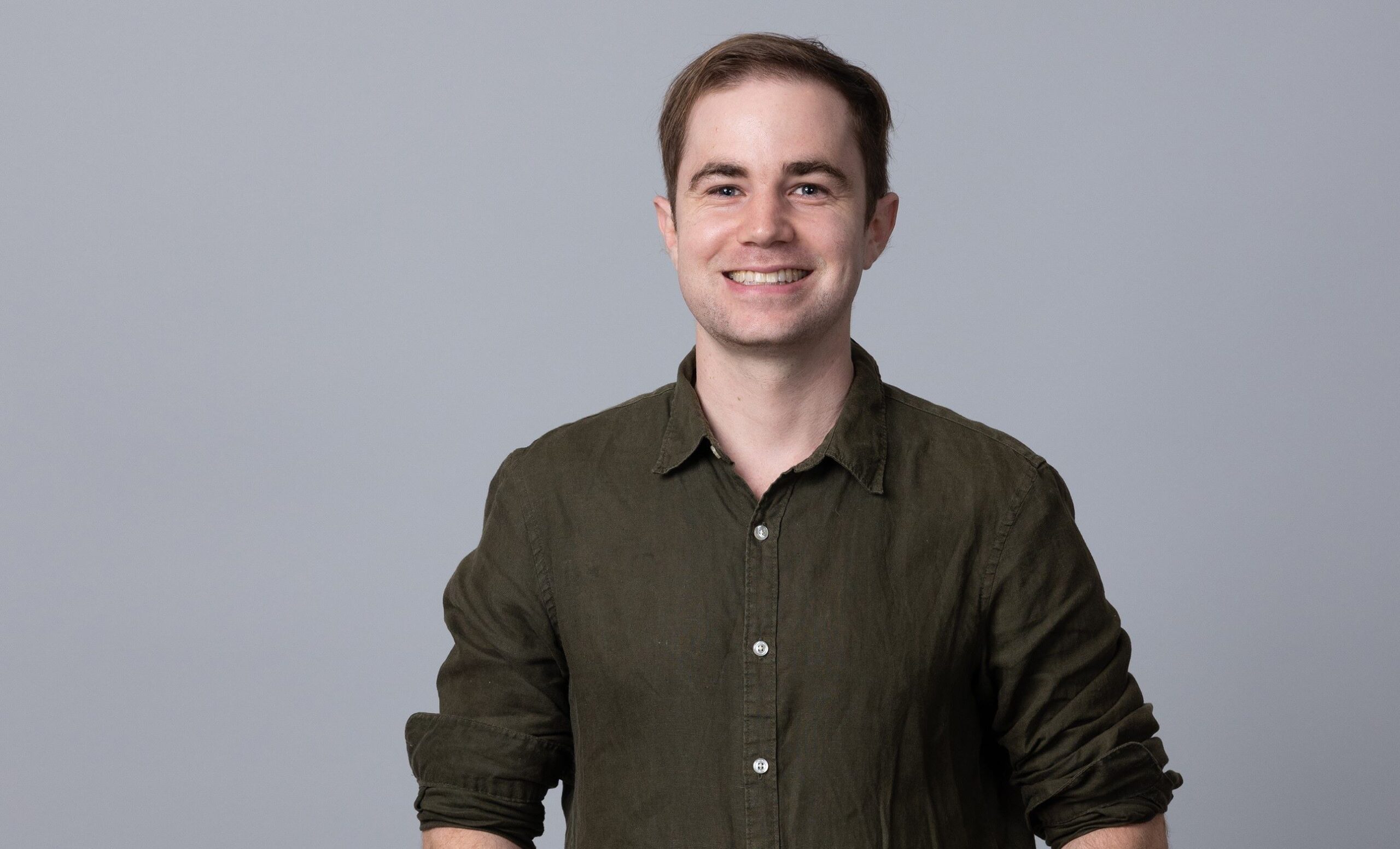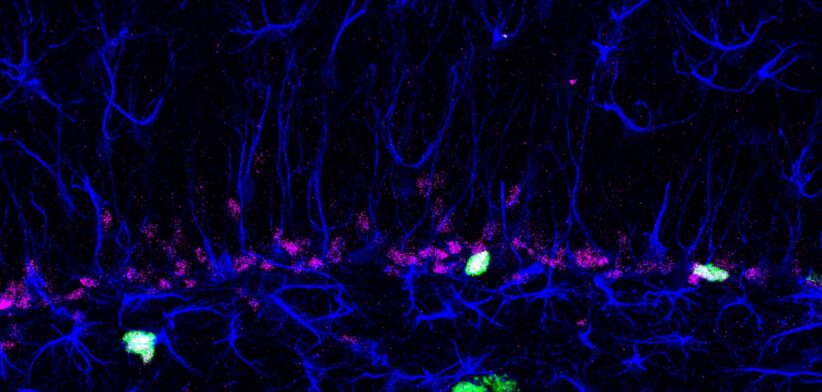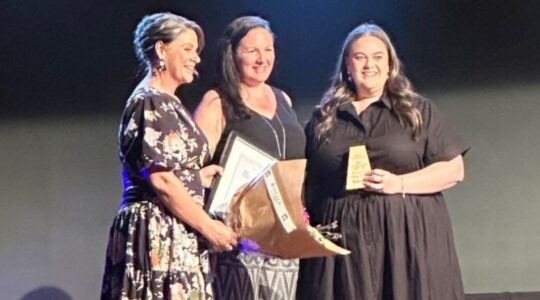Brisbane scientists have mapped how dormant brain cells re-activate, offering hope of potential new treatments for brain cancer and degenerative disease.
In collaboration with The Francis Crick Institute, in London, researchers from QIMR Berghofer have unlocked how brain stem cells enter and exit a resting state called “quiescence”.
Study senior author Lachlan Harris said following decades of scientists believing the neurons we were born with were all we ever had, recent research had shown small populations of stem cells in the adult brain continued to generate new nerve cells throughout life, assisting us with memory and cognitive fitness.
Dr Harris said, most of the time, these brain stem cells existed in a hibernation-like state, lowering their metabolism to preserve themselves for when they were needed most.
“It is an ancient biological strategy found across species in everything from yeast to humans, and in tissues ranging from muscle to blood,” he said.
Dr Harris said the new research outlined how brain stem cells shifted between different depths of rest, before becoming active again.
“This is the first time we’ve been able to show, in detail, how brain stem cells move between deep and shallow resting states and ultimately become active again,” he said.
“Understanding this process is crucial, because it underpins how the brain repairs itself and stays resilient against neurodegenerative disorders. But it also may have profound implications for brain cancer, where tumour cells hijack this ancient resting program to evade therapies like chemotherapy and radiotherapy.”
Dr Harris said brain tumours, particularly aggressive types like glioblastoma, were notoriously difficult to treat in part because some cancer cells could also slip into this dormant state, becoming invisible to standard treatments that target active cancer cells.
He said these “sleeping” cancer cells could survive initial therapy, only to reactivate later and drive tumour recurrence—a key reason why brain cancers so often devastatingly return after treatment.
Dr Harris said the current work opened the door to new therapeutic strategies.
“By learning how to manipulate the resting state in healthy brain stem cells, scientists hope to either wake up dormant cancer cells so they can be targeted by existing therapies or keep them asleep indefinitely to prevent tumour regrowth.
“This discovery is foundational because it doesn’t just advance our understanding of brain biology – it provides a roadmap for developing entirely new approaches to treating brain cancer or other neurological disease.”
Read the full study: Sequential transcriptional programs underpin activation of hippocampal stem cells.









